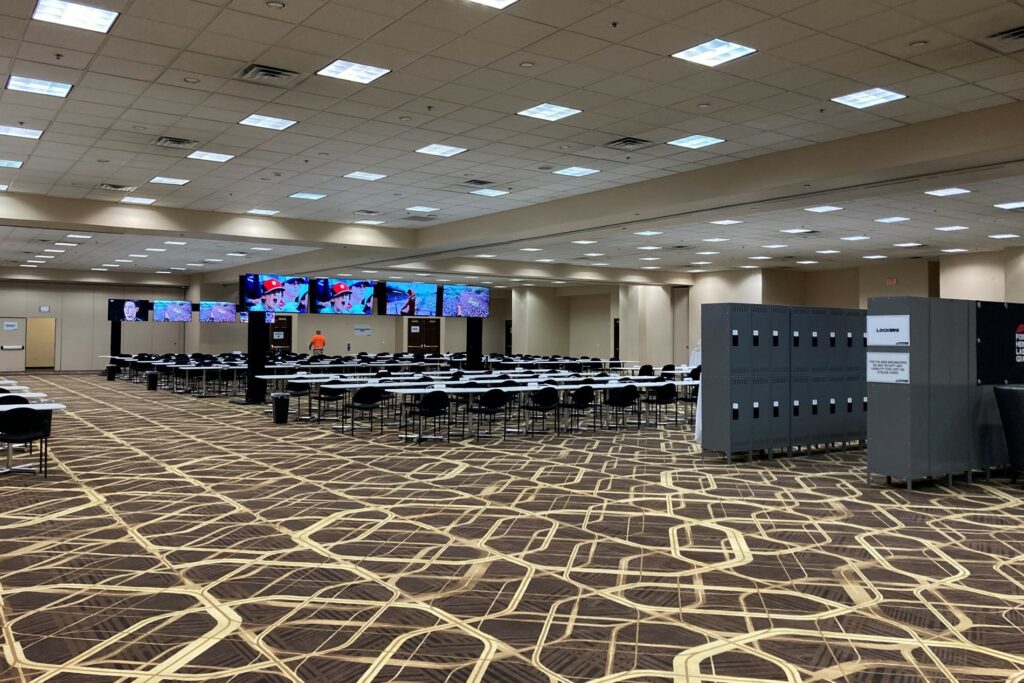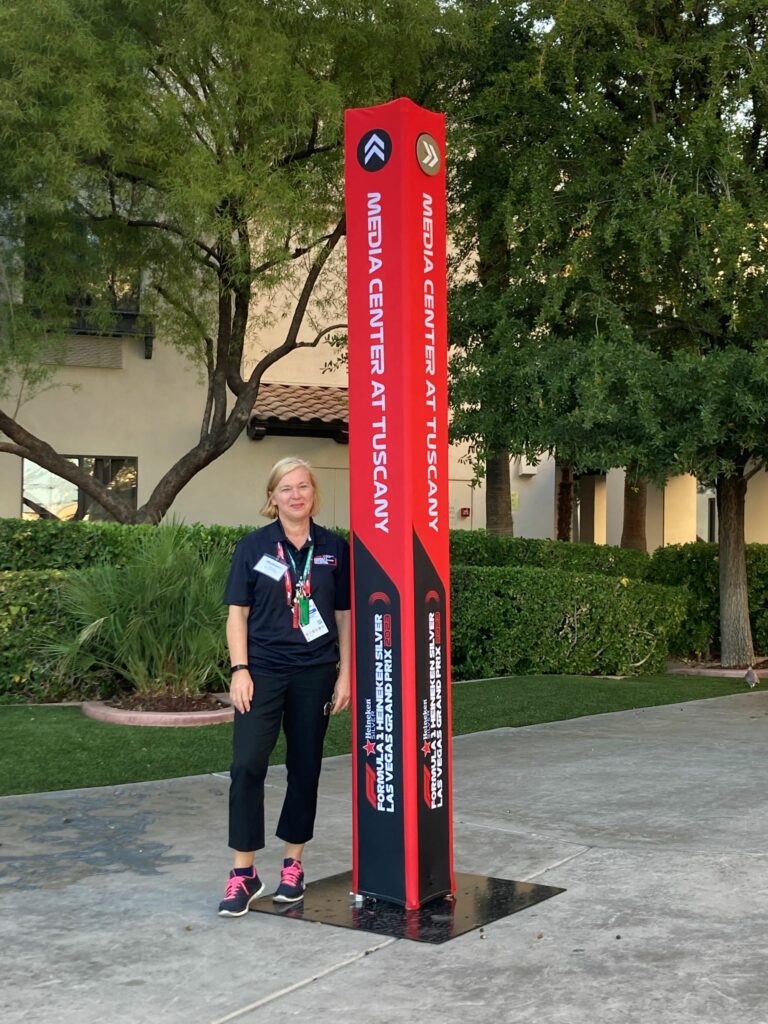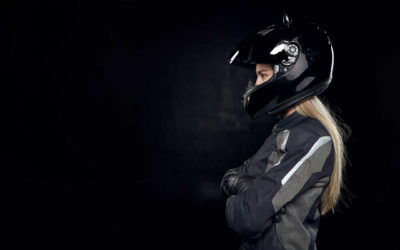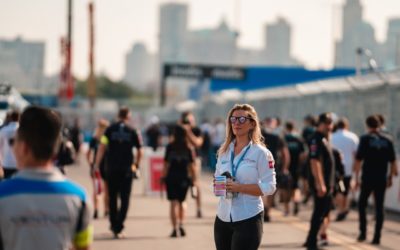… is no walk in the park.
Have you ever thought about what it takes before 20 F1 cars can take to any track? It is not just the equipment being sent to the race, and the drivers and teams turning up at the circuit. There is the setting up or preparing of the track and the grandstands, the paddock and the fan zones, there is the organization of the VIP hospitalities and entertainment program, the hiring and/or training of staff to work as marshals, administrational staff, or general event staff. And there is the setting up and running of the media center and adjacent facilities for a couple of hundred media representatives from TV, radio, online, and print.
All those tasks and more are taken on by the national promoter, supported by Formula One Management and the FIA.
Building from scratch…
It gets particularly challenging when the race – and the track – are completely new. I helped set up a few over the last 20+ years for the national promoters, for example in China and Bahrain, or more recently in Las Vegas. I have also been the FIA F1 Media Delegate for many years, overseeing the media center facilities, their set-up and running at all races of the season, in cooperation with the promoters.


To help the promoters with the race organization, there are extensive manuals issued by F1 and the FIA that are basically detailed guidelines as to what is required. The one for the media facilities is well over 100 pages and explains everything from the location of the media center and media accreditation center, the required equipment, the staff tasks, the accreditation procedures, structures for photographers, and much more.

Organizing the workspace for a couple of hundred journalists
300 to 400 media representatives on average per race need a place to work, write their articles, select their photos, or edit their videos. Therefore, the F1 media center is usually a huge room, either purpose-built at the track or rented in a hotel or exhibition center for the non-permanent tracks. Sufficient numbers of tables and chairs have to be organized, as well as TV-sets and lockers, catering and shuttle busses, and of course Internet connections strong enough for those large numbers of simultaneous connections.
But before they can access the paddock, every journalist has to apply for accreditation, i.e. access passes that you cannot buy. They get allocated by Formula One, the FIA, and the national promoter depending on whether it is a broadcaster or member of the digital media, international print and online media, or national media, i.e. media from the country the race is held in. Once all passes have been approved and printed, they get distributed by local staff.
On arrival at the media center, staff will help the media representative to choose a seat, get their Internet connection and a locker, amongst other things, and answer any questions. There is also the media kit, prepared by the promoter in English and the national language, which is now only digital and provides all information about the media center facilities, the race, and the F1 championship.
Media opportunities at a race weekend
During any race weekend, which usually starts on a Thursday, there are numerous mandatory media sessions organized by both the teams and the FIA/F1, and there is a press conference each day, with a meticulous order of what happens when. The FIA invites the guests, F1 sets up the structures, and the national staff helps run the sessions. Written press attends the conference in the press conference room; TVs, radios, and digital media conduct their interviews in the paddock in a specially set-up structure (which you’ll see on TV when the drivers get interviewed). After qualifying and the race, there are additional live interviews in the pitlane broadcast to the international feed.
Special requirements for broadcasters and photographers
Whereas journalists spend a lot of their time in the media center to compile their articles, photographers need to go outside to take their photos. In cooperation with the FIA, so-called photographer windows are cut into the fencing around the track, and the photographers need an additional credential, called a tabard, to access that area. There is also a tower for 100 photographers opposite the podium that the promoter needs to set up, and another one at the first corner. A dedicated shuttle service takes the media representatives around the track to make access easier and quicker.
TVs – both F1 TV and the international broadcasters – have a dedicated and impressive structure from where they produce their coverage, and some TV stations also have a commentary box from where they provide live commentary of the track action.
I could go on for quite a while – remember the media guidelines are about 100 pages – but I hope I was able to give you a better understanding of everything that goes on behind the scenes. And next time you hear about something that went wrong at the track, think about everything else that went right and you don’t hear about.






